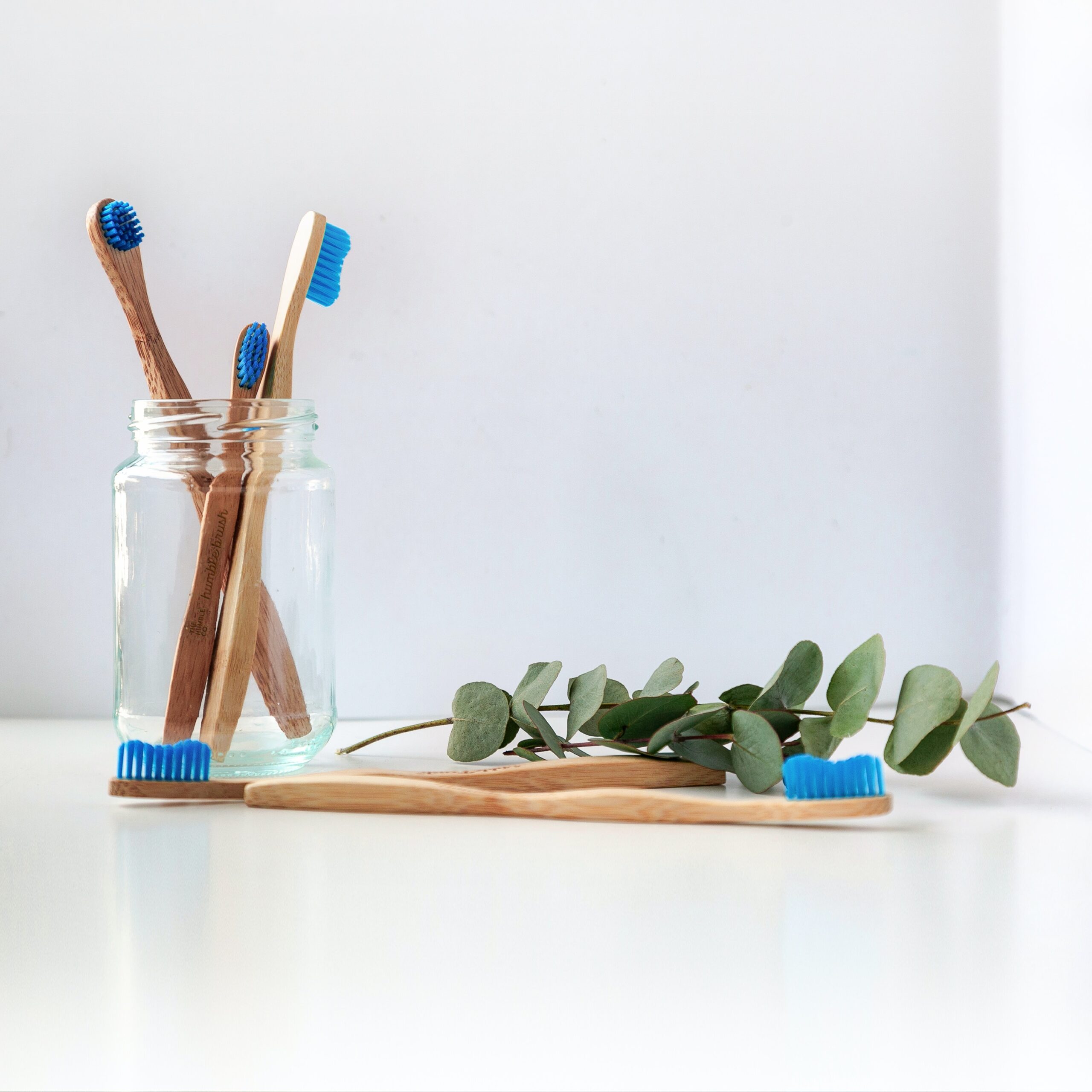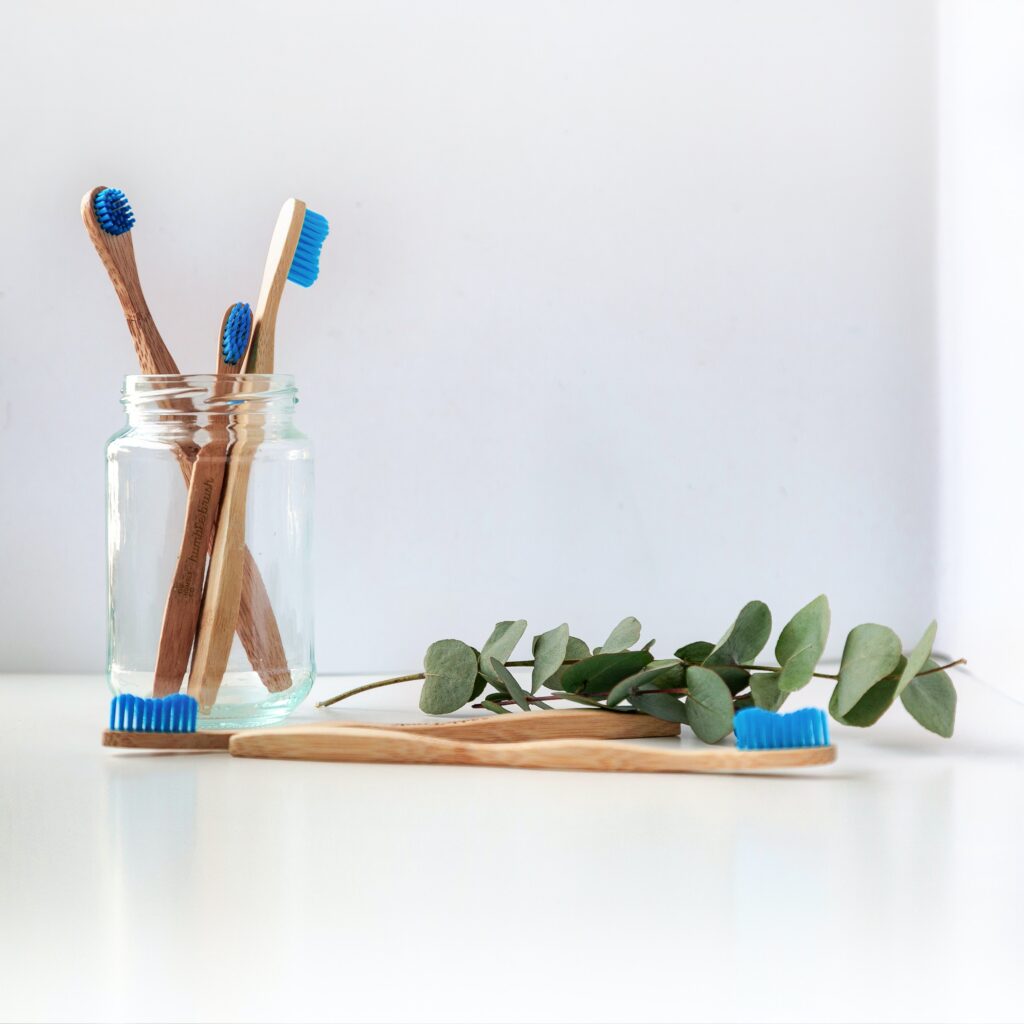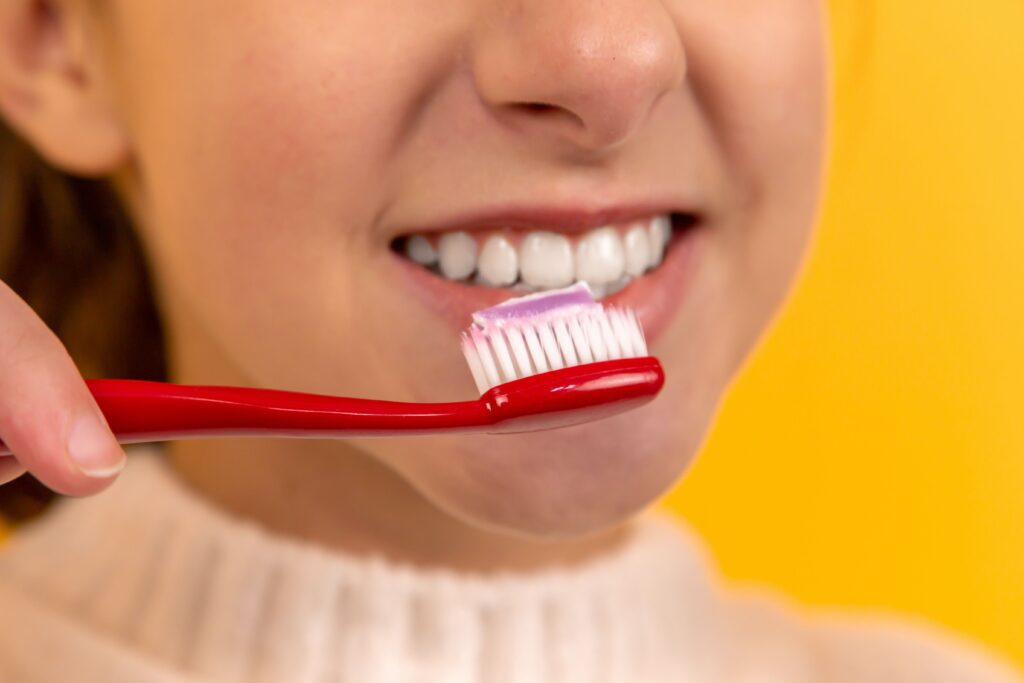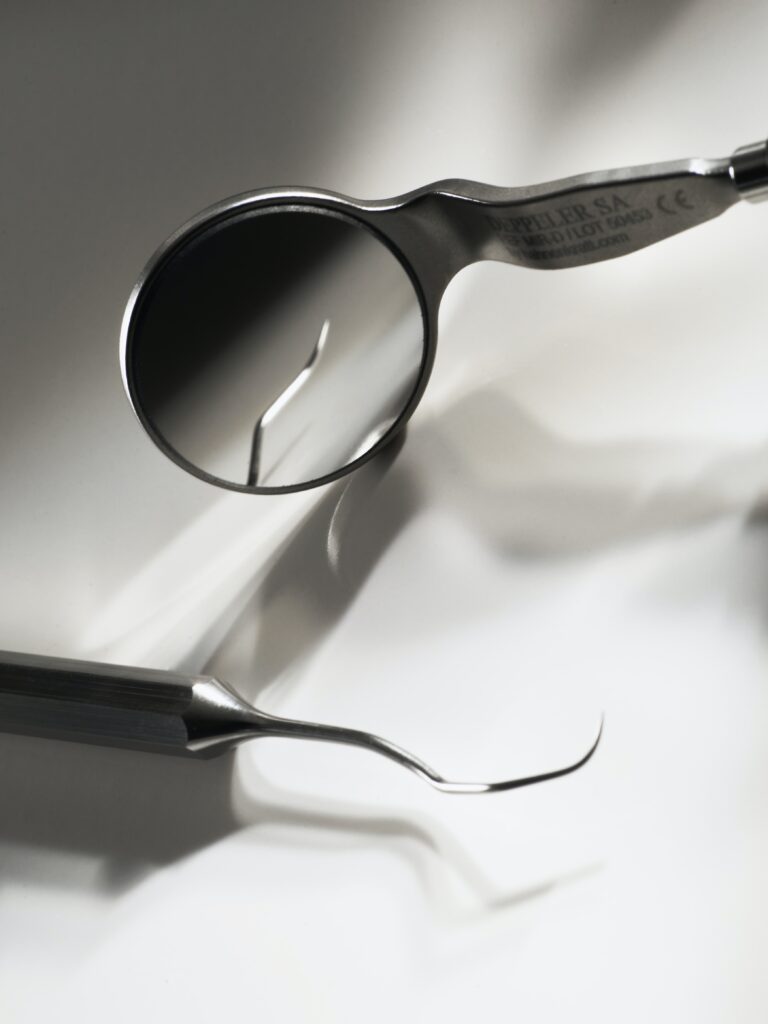
If you’re looking for a comprehensive guide on maintaining optimal dental hygiene, look no further than “How To Care For Your Teeth – Tooth And Gum Care.” Packed with practical tips and expert advice, this product is your one-stop resource to ensure your teeth and gums are in their best condition. With easy-to-follow instructions and helpful illustrations, this guide will empower you to take control of your oral health and achieve a radiant smile. Say goodbye to costly dental treatments and hello to a lifetime of strong, healthy teeth.
Brushing Your Teeth
Taking good care of your teeth is essential for maintaining overall dental health. One of the most important steps in your daily oral hygiene routine is brushing your teeth. By brushing your teeth properly and regularly, you can effectively remove plaque, prevent cavities, and keep your teeth and gums healthy. Here are some key points to keep in mind when it comes to brushing your teeth.
Choosing the Right Toothbrush
Selecting the right toothbrush is the first step in your brushing routine. It’s important to choose a toothbrush with soft bristles to avoid damaging your gums and tooth enamel. Look for a toothbrush with a small head that allows you to reach all areas of your mouth comfortably. Additionally, you may consider using either a manual toothbrush or an electric toothbrush depending on your preference. Electric toothbrushes are known to be more effective in removing plaque due to their vibrating or rotating bristles.
Using the Right Toothpaste
The toothpaste you choose can also have a significant impact on your dental health. Look for toothpaste that contains fluoride as it helps to strengthen your tooth enamel and prevent tooth decay. Fluoride is especially beneficial for individuals who are prone to cavities or have weakened teeth. Additionally, consider using toothpaste that is specifically formulated for your needs, such as toothpaste for sensitive teeth or toothpaste that targets gum problems. Make sure to consult your dentist for recommendations based on your specific dental needs.
Proper Brushing Technique
Now that you have selected the right toothbrush and toothpaste, it’s time to learn the proper brushing technique. Start by wetting your toothbrush and applying a pea-sized amount of toothpaste. Hold your toothbrush at a 45-degree angle to your gums and use gentle, circular motions to brush the outer surfaces of your teeth. Remember to brush the inner surfaces and the chewing surfaces as well. Don’t forget to brush your tongue to remove bacteria and freshen your breath. Aim to brush for at least two minutes, twice a day, ensuring you cover all areas of your mouth.
Brushing Frequency
In addition to using the right toothbrush, toothpaste, and brushing technique, it’s important to establish a regular brushing routine. Dentists recommend brushing your teeth at least twice a day – once in the morning and once before bed. This regular frequency ensures that any plaque or food particles that have accumulated throughout the day are properly removed. If possible, consider brushing your teeth after meals to maintain optimal oral hygiene. Remember, consistency is key when it comes to brushing your teeth effectively.
Flossing Your Teeth
While brushing is an essential part of your oral care routine, it alone cannot reach all the areas between your teeth. This is where flossing comes in. Flossing allows you to clean between your teeth and along the gumline, removing plaque and food debris that your toothbrush may have missed. Here’s what you need to know about flossing your teeth effectively.
Types of Dental Floss
There are several types of dental floss available, each with its own unique characteristics. Traditional nylon floss is a common option, and it comes in both waxed and unwaxed varieties. Waxed floss can slide more easily between teeth, while unwaxed floss provides a firmer grip. Alternatively, you may opt for dental tape, which is broader and flatter than traditional floss, making it ideal for individuals with larger tooth gaps. Additionally, for those who find traditional floss difficult to maneuver, floss picks or interdental brushes can be used.
Proper Flossing Technique
To ensure effective cleaning, it’s crucial to use the proper flossing technique. Start by breaking off about 18 inches of floss and wrap the ends around your middle fingers, leaving an inch or two of floss in between. Gently slide the floss between your teeth using a sawing motion. As you reach the gumline, curve the floss into a C shape around one tooth and carefully move it up and down to remove any plaque or debris. Repeat this motion for each tooth, using a fresh section of floss each time.
Flossing Frequency
For optimal oral health, it is recommended to floss your teeth at least once a day. Flossing should ideally be done before brushing your teeth to loosen any debris and allow the fluoride from toothpaste to reach all surfaces. Incorporating flossing into your daily routine helps prevent gum disease, reduces the risk of cavities, and promotes fresh breath. If you find it challenging to establish a routine, try setting reminders on your phone or keeping floss in a visible location as a visual cue.

This image is property of images.unsplash.com.
Using Mouthwash
Mouthwash, also known as oral rinse, can be a valuable addition to your oral hygiene routine. It can freshen your breath, reduce plaque and gingivitis, and add an extra layer of protection against tooth decay. Here are some important points to consider when using mouthwash effectively.
Choosing the Right Mouthwash
With numerous mouthwash products available on the market, it’s important to choose the one that suits your oral health needs. Different types of mouthwashes offer various benefits, so consider your specific concerns. If you are prone to cavities, opt for a fluoride mouthwash that helps to strengthen your tooth enamel. For individuals with gum problems, an anti-microbial or antibacterial mouthwash can help reduce plaque and gingivitis. If you experience persistent bad breath, choose a mouthwash with breath-freshening properties.
Proper Mouthwash Usage
To achieve optimal results, it’s essential to use mouthwash correctly. Begin by pouring the recommended amount of mouthwash into a cup. Take a sip, making sure to swish it around your mouth for about 30 seconds. During this time, vigorously move the liquid around, reaching all areas of your mouth, including your teeth and gums. Spit out the mouthwash and avoid rinsing your mouth with water immediately afterward to allow the mouthwash to continue its work for the recommended duration. Remember to avoid swallowing mouthwash, as some products may contain ingredients that should not be ingested.
Mouthwash Frequency
While mouthwash can be a beneficial addition to your oral care routine, it is not a substitute for brushing and flossing. It is best used in conjunction with regular brushing and flossing. Dentists typically recommend using mouthwash once or twice a day as part of your morning and evening oral hygiene routine. However, it’s important to note that excessive use of mouthwash can have adverse effects. If you have any concerns or questions about using mouthwash, consult your dentist for guidance.
Eating a Teeth-Friendly Diet
Maintaining a teeth-friendly diet is crucial not only for your oral health but also for your overall well-being. The foods you consume can either promote dental health or contribute to tooth decay and gum disease. Here are some essential tips to consider when it comes to eating a teeth-friendly diet.
Avoid Sugary Foods and Drinks
High sugar consumption is a major contributor to tooth decay. When you consume sugary foods and beverages, the bacteria in your mouth feed off the sugars and produce acid, which can erode your tooth enamel. To protect your teeth, limit your intake of sugary foods and drinks, such as candies, sodas, and sugary snacks. If you do indulge in these treats, it’s important to brush your teeth or rinse your mouth with water afterward to minimize the effects of sugar on your teeth.
Include Teeth-Healthy Foods
To promote good dental health, incorporate teeth-healthy foods into your diet. Fresh fruits and vegetables, such as apples, carrots, and celery, help stimulate saliva production, which can neutralize acid and wash away food particles. Calcium-rich foods like milk, yogurt, and cheese provide essential nutrients for strong teeth and bones. Additionally, foods rich in vitamin C, such as citrus fruits and strawberries, can help maintain healthy gums. Including these nutritious foods in your meals can contribute to your overall dental well-being.
Limit Acidic Foods and Drinks
While certain foods and drinks offer nutritional benefits, some can be detrimental to your dental health due to their acidic nature. Acidic foods and beverages, including citrus fruits, tomatoes, coffee, and carbonated drinks, can erode your tooth enamel over time. To minimize the effects of acid, consume these foods and drinks in moderation, and rinse your mouth with water afterward. Also, wait for at least 30 minutes before brushing your teeth to avoid brushing away weakened enamel.
Stay Hydrated
Drinking an adequate amount of water is not only essential for your overall health but also for maintaining good oral health. Water helps wash away food particles, stimulates saliva production, and maintains hydration. Saliva plays a vital role in neutralizing acids and protecting your teeth against decay. By staying hydrated, you can prevent dry mouth, reduce the risk of cavities, and promote a healthy oral environment. Make it a habit to drink water throughout the day, especially after meals or consuming acidic foods or drinks.

This image is property of images.unsplash.com.
Limiting Harmful Habits
Beyond maintaining a proper oral hygiene routine and eating a teeth-friendly diet, it’s important to be aware of harmful habits that can negatively impact your dental health. By minimizing or avoiding these habits, you can protect your teeth and gums from damage. Here are some habits to be mindful of.
Avoid Tobacco Products
Using tobacco products, whether it’s smoking cigarettes or chewing tobacco, can have severe consequences for your oral health. Tobacco use increases the risk of gum disease, tooth decay, oral cancer, and tooth loss. It also impairs blood flow, affecting the overall healing process in the mouth. Quitting tobacco is the best step you can take for your dental health. If you need assistance or resources to quit smoking or chewing tobacco, consult your healthcare professional or join smoking cessation programs.
Reduce Alcohol Consumption
Excessive alcohol consumption can negatively impact your oral health in multiple ways. Alcohol can dry out your mouth, reducing saliva production and increasing the risk of tooth decay and gum disease. It can also irritate the soft tissues in your mouth and promote the growth of harmful bacteria. To maintain good dental health, it’s important to drink alcohol in moderation. Limiting your alcohol intake can benefit not only your oral health but also your overall well-being.
Limit Coffee and Tea Intake
While a morning cup of coffee or tea can be a daily ritual, it’s important to be mindful of their potential effects on your teeth. Coffee and tea contain tannins, which can stain your teeth over time. Additionally, these beverages can be acidic, leading to enamel erosion and tooth sensitivity. To minimize the staining and acid effects, consider using a straw when drinking coffee or tea to reduce contact with the teeth. You can also rinse your mouth with water afterward to help neutralize the acid.
Avoid Excessive Snacking
Frequent snacking throughout the day can expose your teeth to a continuous supply of sugars and acids, increasing the risk of tooth decay. When you snack, the bacteria in your mouth feed on the sugars and produce acid, promoting the formation of cavities. Instead of snacking on sugary or acidic foods, choose teeth-friendly snacks like fresh fruits, raw vegetables, or cheese. If you do snack, brush your teeth afterward or rinse your mouth with water to remove any remaining food particles.
Regular Dental Check-ups
In addition to maintaining a good oral care routine at home, regular dental check-ups are crucial for optimal dental health. Even if you brush and floss diligently, professional dental care is essential for detecting and preventing any potential issues. Here’s why regular dental check-ups are important.
Importance of Regular Check-ups
Regular dental check-ups allow your dentist to monitor your oral health, identify any signs of dental problems, and provide appropriate treatment before they worsen. Dental issues like cavities, gum disease, and oral cancer can often go unnoticed in their early stages, but regular check-ups enable early detection and prompt intervention. Additionally, your dentist can assess your brushing and flossing techniques, provide tips for improvement, and offer personalized advice based on your dental needs.
Finding a Good Dentist
Finding a good dentist is essential for maintaining long-term dental health. Look for a dentist who is reputable, experienced, and has positive patient reviews. You may consider asking for recommendations from family, friends, or healthcare professionals. It’s also important to find a dentist with whom you feel comfortable and can openly communicate. Building a trusting relationship with your dentist enhances your overall dental experience and ensures personalized care.
Frequency of Dental Visits
The frequency of dental visits may vary depending on your oral health needs. For most individuals, visiting the dentist every six months is recommended. However, if you have existing dental issues, require specialized treatments, or have a higher risk of dental problems, your dentist may recommend more frequent visits. Regular check-ups allow your dentist to monitor the health of your teeth and gums, perform professional cleanings, and address any concerns promptly. Remember to schedule your dental appointments in advance and make it a priority to attend them regularly.

This image is property of images.unsplash.com.
Professional Teeth Cleaning
While regular brushing and flossing are essential for day-to-day maintenance, professional teeth cleaning is a vital component of your overall oral care. Professional cleanings performed by a dental hygienist or dentist can remove plaque, tartar, and stains that cannot be eliminated through regular brushing alone. Here’s what you need to know about professional teeth cleaning.
What is Teeth Cleaning
Teeth cleaning, also known as dental prophylaxis, is a professional procedure aimed at removing plaque, tartar, and stains from your teeth. During the cleaning, your dental hygienist or dentist will use special instruments to carefully scrape away any buildup along your gumline and between your teeth. This process helps prevent gum disease, cavities, and other oral health issues. After removing the buildup, your teeth will be polished using a gritty toothpaste to remove surface stains and create a smooth, clean surface.
Benefits of Professional Cleaning
Professional teeth cleaning offers numerous benefits for your dental health and overall well-being. By removing plaque and tartar, it helps prevent gum disease, which can lead to tooth loss if left untreated. Regular cleanings also contribute to fresh breath by removing bacteria and plaque that can cause bad breath. Professional cleanings can also detect any dental issues in their early stages, allowing for prompt intervention and preventing further damage. Additionally, cleanings can give your teeth a brighter appearance by removing external stains.
How Often to Get Teeth Cleaned
The frequency of professional teeth cleanings depends on your specific oral health needs. For most individuals, it is recommended to have a dental cleaning every six months. Regular cleanings twice a year help maintain good oral health and prevent the buildup of plaque and tartar. However, some individuals may require more frequent cleanings, such as those with gum disease, a history of cavities, or certain medical conditions. Your dentist or dental hygienist will evaluate your oral health and recommend an appropriate cleaning schedule tailored to your needs.
Keeping Your Toothbrush Clean
Toothbrushes play a significant role in keeping your teeth clean and healthy. However, it’s essential to remember that your toothbrush needs proper care as well. By maintaining a clean toothbrush, you can ensure its effectiveness and reduce the risk of bacteria buildup. Here’s how to keep your toothbrush clean.
Rinsing After Each Use
After each use, thoroughly rinse your toothbrush with tap water to remove any remaining toothpaste, debris, and saliva. Gently shake off any excess water and allow your toothbrush to air dry in an upright position. Avoid placing your toothbrush in a closed container or covering it with a cap while it is still wet, as it can create a moist environment ideal for bacterial growth. By rinsing and allowing your toothbrush to air dry, you can minimize the risk of bacteria buildup.
Storing Properly
Proper toothbrush storage is crucial for maintaining a clean and hygienic toothbrush. Store your toothbrush in an upright position, preferably in a toothbrush holder or cup that allows for air circulation. Make sure the toothbrush heads do not come into contact with each other, as this can lead to cross-contamination. Keep your toothbrush in a dry area away from bathroom surfaces and toilet areas where bacteria may be present. By storing your toothbrush properly, you can prevent the growth of bacteria and keep it clean until your next use.
Replacing Regularly
Toothbrushes wear out over time and become less effective in cleaning your teeth. It’s important to replace your toothbrush every three to four months or sooner if the bristles become frayed or worn. A worn toothbrush may not clean your teeth and gums as effectively, and it can potentially harbor bacteria. Pay attention to the condition of your toothbrush and replace it promptly to maintain optimal dental hygiene. Consider setting reminders or scheduling regular toothbrush replacement to ensure you always have a fresh and effective tool for brushing your teeth.
Preventing Tooth Decay
Tooth decay, also known as dental caries, is a common dental problem caused by the breakdown of teeth enamel. It is essential to take proactive steps to prevent tooth decay and maintain good oral health. Here are some strategies for preventing tooth decay.
Using Fluoride
Fluoride is a mineral that can strengthen tooth enamel and prevent tooth decay. Ensure that your toothpaste and mouthwash contain fluoride to benefit from its protective properties. Fluoride helps to remineralize teeth and make them more resistant to acid attacks from bacteria and sugars in the mouth. Additionally, drinking fluoridated water can provide systemic fluoride benefits. If you have concerns about fluoride or live in an area without fluoridated water, consult your dentist for recommendations on alternative fluoride treatments.
Sealants for Protection
Dental sealants are a preventive measure that can be applied to the chewing surfaces of the back teeth (premolars and molars) to protect against tooth decay. Sealants are made of a thin plastic material that is bonded to the teeth, creating a protective barrier that seals out bacteria and plaque. The application of dental sealants is a painless and non-invasive procedure that can effectively reduce the risk of cavities in the deep grooves and pits of the teeth. Ask your dentist if dental sealants are suitable for you or your children to provide an extra layer of protection against tooth decay.
Limiting Acidic Beverages
Acidic beverages, such as citrus juices, sports drinks, and sodas, can erode tooth enamel and contribute to tooth decay. While it’s best to avoid or limit the consumption of these acidic drinks, if you do consume them, use a straw to minimize contact with the teeth. Additionally, rinse your mouth with water afterward to help neutralize the acid. It is important to note that brushing your teeth immediately after consuming acidic beverages can further damage the weakened enamel. Waiting for at least 30 minutes before brushing helps protect your teeth.
Chewing Sugar-Free Gum
Chewing sugar-free gum can be a beneficial habit for preventing tooth decay. Chewing gum stimulates saliva production, which helps to wash away food particles and neutralize acids in the mouth. Saliva also contains minerals that can strengthen tooth enamel. Opt for sugar-free gum that contains xylitol, a natural sweetener that can actually inhibit the growth of bacteria and reduce the risk of cavities. Remember that chewing gum should not replace regular brushing and flossing, but it can complement your oral care routine when used in moderation.
Dealing with Tooth Sensitivity
Tooth sensitivity is a common dental problem that can cause discomfort or pain when consuming hot or cold foods and drinks, sweet or sour treats, or even with exposure to cold air. If you experience tooth sensitivity, there are strategies you can implement to minimize discomfort and maintain good oral health.
Causes of Tooth Sensitivity
Tooth sensitivity can be caused by various factors, such as exposed tooth roots, worn enamel, tooth decay, gum recession, or teeth grinding. Additionally, some dental procedures, such as teeth whitening or fillings, can temporarily increase tooth sensitivity. Identifying the cause of your tooth sensitivity is important for implementing the appropriate treatment and preventive measures. Consult your dentist if you experience persistent tooth sensitivity to determine the underlying cause and receive personalized recommendations.
Using Toothpaste for Sensitive Teeth
Toothpaste specifically formulated for sensitive teeth can help alleviate discomfort and reduce tooth sensitivity. These toothpaste products usually contain desensitizing ingredients that block the transmission of pain signals from the tooth surface to the nerve. Using sensitive toothpaste regularly can help build a protective barrier and reduce sensitivity over time. However, it’s important to note that sensitive toothpaste is not a substitute for professional dental evaluation and treatment. Speak to your dentist about your tooth sensitivity concerns to receive proper guidance and care.
Avoiding Triggers
Minimizing exposure to triggers that can exacerbate tooth sensitivity is key to managing the condition. Avoid consuming extremely hot or cold foods and drinks, as they can intensify sensitivity. Similarly, limit your consumption of sweet or acidic foods and beverages that can erode tooth enamel and increase sensitivity. If teeth grinding is contributing to your sensitivity, consider wearing a mouthguard at night to protect your teeth from grinding forces. Additionally, maintaining good oral hygiene practices, such as proper brushing and flossing techniques, can help prevent further damage and alleviate sensitivity.
Consulting a Dentist
If tooth sensitivity persists or worsens despite implementing preventive measures, it’s important to consult your dentist. Your dentist can assess the underlying causes of your sensitivity and recommend appropriate treatment options. Depending on the severity and cause of your sensitivity, treatment may involve desensitizing agents, dental bonding, fluoride treatments, or other dental procedures tailored to your specific needs. By addressing the root cause of your tooth sensitivity, you can find relief and maintain good oral health.
In conclusion, caring for your teeth is an essential part of maintaining good oral health. By following proper brushing and flossing techniques, using mouthwash effectively, eating a teeth-friendly diet, avoiding harmful habits, and regularly visiting your dentist, you can have a healthy smile for a lifetime. Remember, your dental health is within your control, and taking proactive steps to care for your teeth can help you achieve optimal oral hygiene and prevent dental issues in the long run. So, start implementing these tips today and make your dental health a priority!